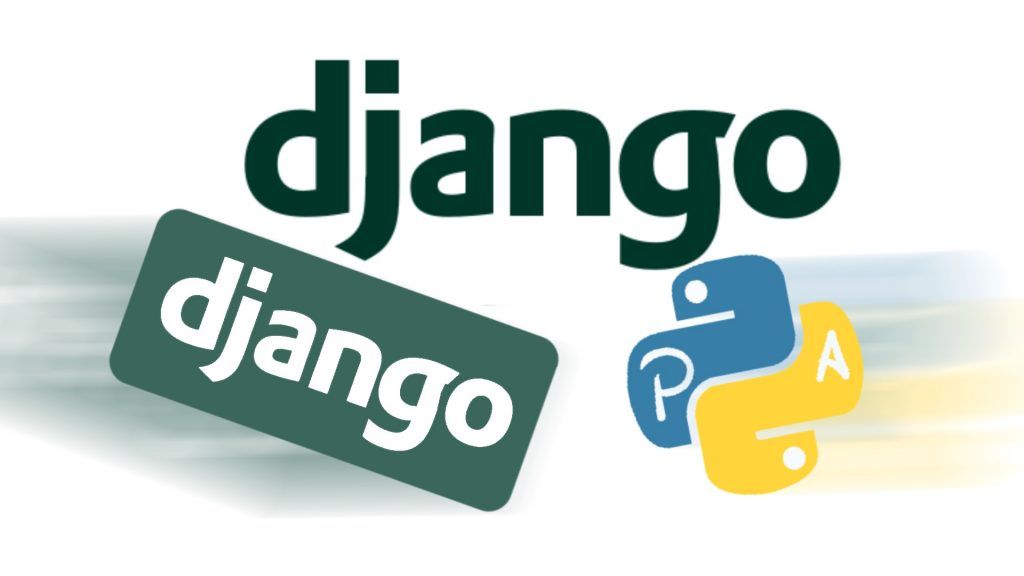Website development
Discover the power of a visually stunning and highly functional website crafted by our expert team. At Whitewall Software, we specialize in website development services that not only captivate your audience but also drive results. Whether you need a sleek and modern design, robust e-commerce functionality, or seamless user experience, we've got you covered. Our custom solutions are tailored to your unique business needs, ensuring you stand out in the digital landscape. Elevate your online presence, boost conversions, and leave a lasting impression with a website that's built to succeed. Contact us today to start your journey to online excellence.
